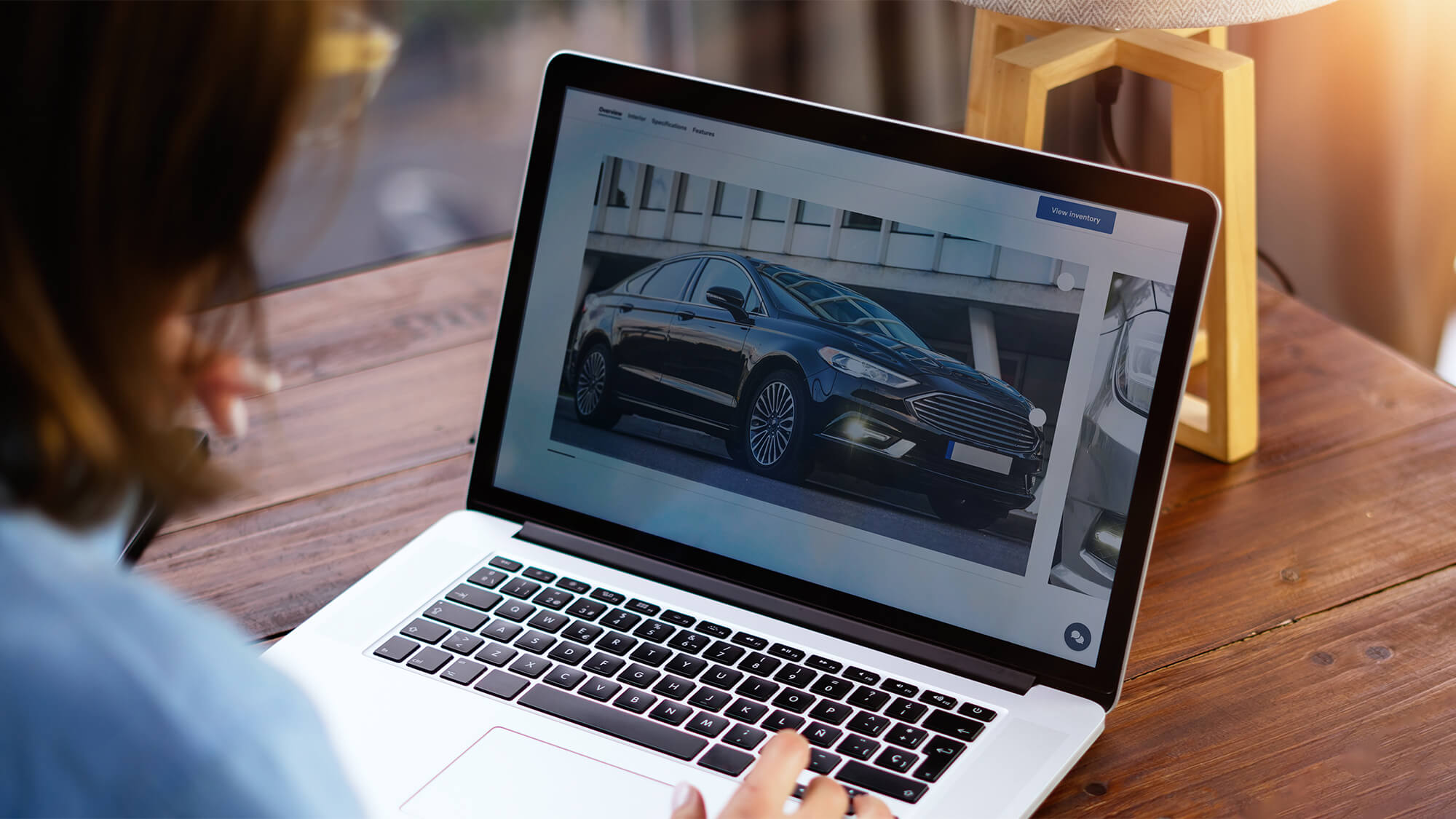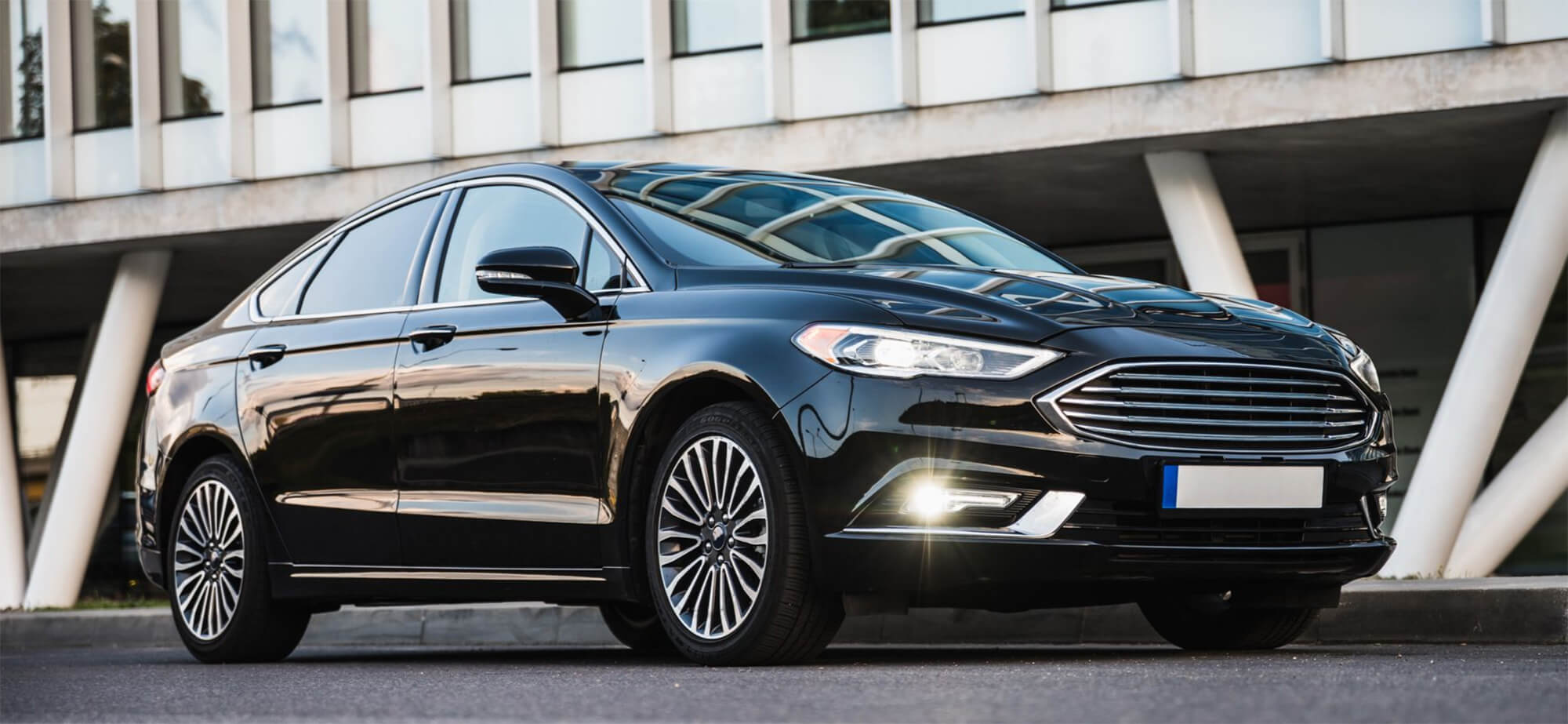Your website isn’t just an information hub—it’s your digital showroom. For many customers, it’s their first point of contact with your brand.

Before setting foot in your physical showroom, prospective customers will likely explore your online offer first. Therefore, how you present vehicle inventory online is crucial for first impressions and customer engagement.
Baymard Institute research shows that low-quality images hinder the customer’s perceptions of inventory. Customers believe dealers who do not invest in high-quality photography are disinterested in helping them make informed purchases, often causing them to seek better visuals on other sites.
Effective merchandising demands complete transparency with your customers. Showcase pricing details, vehicle options, history, features, mileage, trims, colours, and more.
Here are key aspects worth focusing on:
Displaying the most recent model-year photographs ensures your inventory display looks as current and appealing as possible, improving customer trust and encouraging further in-depth exploration of your offerings.
Failing to include photographs or resorting to “Coming Soon” placeholders within your vehicle listings is a missed customer engagement opportunity. Such gaps create a void in the customer’s online shopping experience, making it difficult for them to form an emotional connection with the vehicle or assess its features adequately.
Please prioritize updating your digital galleries to feature the newest models as soon as they arrive.
Stock vehicle photography is misleading and a thing of the past. Consumers today crave authenticity—they want to see the actual vehicles you have in stock. Uploading real images allows potential buyers to virtually “walk around” the car, instilling more confidence in the product and your dealership. It also helps fast-track the buying process once they visit in person.

High-quality, accurate vehicle images demonstrate professionalism and gain customer trust. To maintain noteworthy quality across the board, stick to some essential photography standards:
Provide high-resolution photographs: Ensure all photographs are clear and well-lit, capturing the vehicle in its best light. Blurry, poorly lit, or low-resolution images can erode consumer confidence, leading them to question the quality of the vehicles and the reliability of the dealership.
Reduce ambiguity with good lighting: High-quality visuals can showcase the features, texture, and even the specific shade of the car, providing a comprehensive idea of what the customer can expect. This reduces ambiguity and guesswork, allowing customers to make informed decisions.
BLVD’s study identified two types of vehicle shoppers—vehicle-focused and feature-focused. Feature-focused shoppers often lack familiarity with vehicle-specific terms, needing extra context to make quick decisions. Optimized descriptions not only assist these buyers but also boost your website’s search engine rankings, increasing the chances of potential buyers finding your inventory online.
Elevate your online inventory presentation to improve the customer’s digital experience. It sets the stage for a streamlined and effective in-person sales process.
Sources